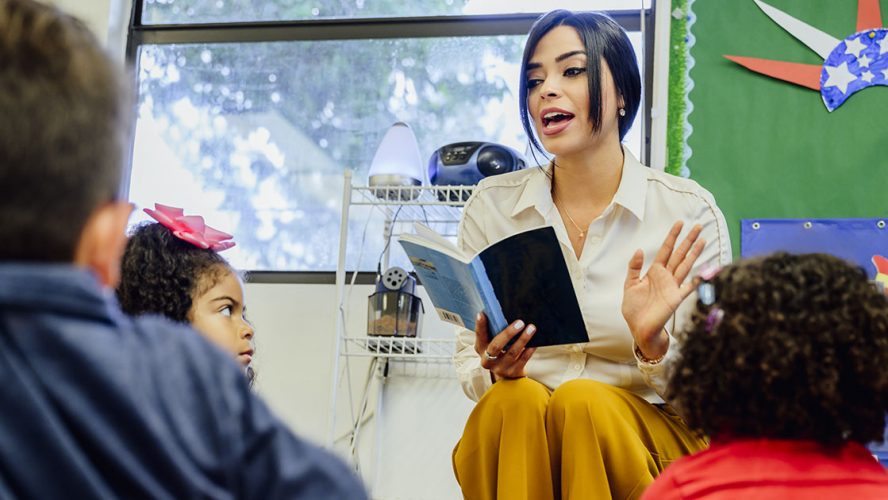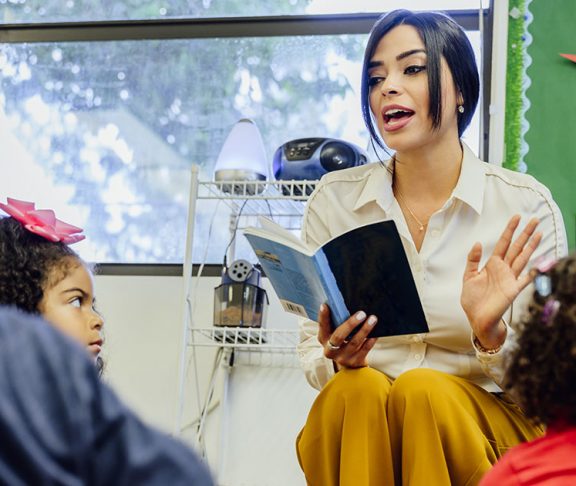
Amanda Fernandez
CEO and Co-Founder, Latinos for Education
“No one at school could talk to my parents.” “I never had a teacher who looks like me.” “My teachers turned up their noses at the platanos I brought for lunch.” “My principal wished me a ‘Happy Cinco de Mayo.’ I’m Puerto Rican.”
These tales, which are all too common, break my heart. Latino children make up almost one-quarter of the kids in U.S. schools, but only 8 percent of teachers are Latino. Even in Los Angeles Unified, where 41 percent of teachers are Hispanic, our Latino students are severely underrepresented.
This lack of representation hurts our kids’ chances of success. Study after study shows black and brown students benefit from having teachers of the same race. At present, by eighth grade, the average math score for Latino students is 24 points lower than their white peers, and the average reading score is 19 points lower.
Fixing the disparity in representation could do unimaginable good for our Latino children.
Finding a real solution
I wish the solution was as easy as saying, “You go be a teacher.” It’s not. There are real challenges for Latinos who want to enter the teaching field.
My organization, Latinos for Education, recently surveyed educators and discovered several barriers to entry. My mission is to ease those barriers for passionate Latino educators. Here’s my plan:
- Provide financial assistance and other support to potential educators in the form of loan forgiveness, higher salaries, and reducing the cost of teacher certifications.
- Treat Latino educator recruitment efforts as a critical workforce need. Doing so could both meet a critical workforce need and help close wealth gaps in Latino communities.
- Create support systems and networks for Latino educators. Latinos for Education has taken the first step here with the launch of our new EdCentro.org platform. It matches talented Latino educators with open positions and connects educators from across the country so they can support each other, provide advice, and share resources.
- Promote diversity and cultural competency training at school campuses. To keep Latino educators motivated, school districts must require diversity and bias training for all staff.
Our kids need passionate, caring Latino teachers. If individuals, governments, schools, and NGOs work together, we can accomplish the plan above. If we do this, the next generation of Latino leaders will be unstoppable.

